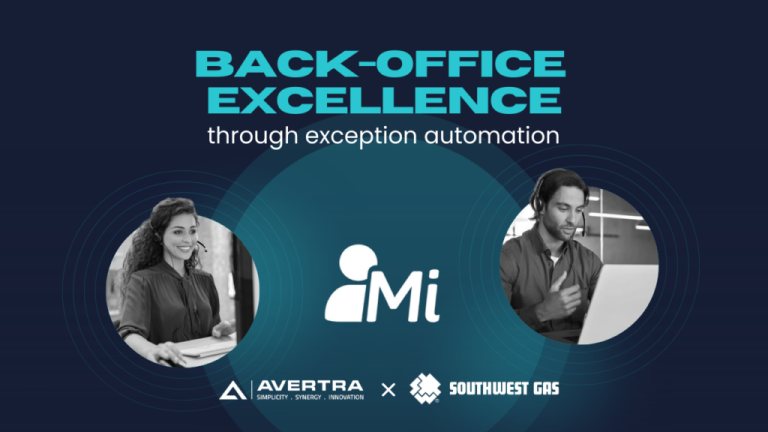Today, more and more companies are keeping up with the latest digital trends in an effort to build a future-ready workforce. Some are looking up to digital agents. However, the majority of companies resort to human labor-based business process outsourcing (BPO) for back and front-office operations. This is in the hopes of a high return on investment. But there is a major downside that companies seem to overlook with this decision.
Human-based BPO has a lifeline of up to five to ten years. This makes it a non-sustainable solution for companies seeking future-proof solutions. Aside from that, BPO fails to measure valuable insight on user-experience, creating a ripple effect of endless consequences. Overall, companies begin to suffer financially from high customer churn and investment failure. On the bright side, digital agents are the future workforce, and they are already here. However, just like anything else, they are no exception to being a target of criticism and misconceptions. Let’s tackle them one by one.
1. Robotic sounding voice based conversational agents are not fluent in enough languages
While this may be true, covering enough languages fluently and localization go hand in hand. Artificial intelligence, the technology responsible for conversational agents, adapts through progressive learning algorithms when given new data. AI can recognize and extract structure and regularities in data and convert them into algorithms to learn a certain skill. The quality of voice and human-like interaction increases in maturity the more conversational AI is used through its evolving capabilities. This means companies can improve the capability of these services the more they use them.

2. Intent and context need to be updated every now and then
Natural Language Processing is a self-sufficient technique that is capable of independently performing a syntax and semantic analysis to better understand the user’s inquiry through a digital agent.
– Semantic analysis refers to the meaning associated with the statement in a programming language. For example, when utilizing different machine learning techniques, models can run in both, supervised and unsupervised manners.
– Supervised learning is a machine learning approach that uses labeled datasets designed to supervise algorithms into classifying data or predicted outcomes accurately.
On the other hand, unsupervised learning uses machine learning algorithms to analyze and group unlabeled data sets. These algorithms find hidden patterns in data and get trained to recognize them without human intervention. Additionally, they can also perform rule-based pattern matching, classifications, decision trees, and the deployment of neural networks enabling intelligent decision-making, context creation, and more. This way, a digital agent is molded into a contextual and intelligent bot that is solution-driven and empowered for human interaction.

3. They displace employees
Tedious exceptions can be automated so that employees doing menial tasks are trained into higher caliber professionals. Exception management is one example of a job that requires problem-solving as the main skill to solve high priority cases. A human agent is expected to monitor digital agents to ensure the digital workforce is running smoothly. In the case of an exception, these agents are trained to intervene and solve the issue accordingly. When human agents are coupled with an empowered digital workforce, more than half of process time is reduced altogether. Employees become more efficient and customers become more satisfied – a win-win situation for everyone involved.

4. You can never automate 100% of the interactions
With proper segmentation engines, targeted personas, rules, tolerance, and approval limits, anything and everything can be automated. Through data mining and tribal knowledge, you can automate up to 80% of human-to-human interaction and business processes. Although some argue that the “human factor” would be missed from customer interactions, customers just want to be served and served efficiently. Additionally, digital agents can only execute requests that are within their approved limits, leaving critical tasks to the human workforce. Through collaborative intelligence, digital and human agents can serve customers efficiently.
In a world where technology is ever-changing, companies that outsource business processes must evolve and seek ways to ensure a future-ready workforce. Avertra is a digital experience company with an ongoing mission to simplify customer and employee experiences. With a decade worth of experience in various industries, we help automate businesses, even those that outsource business processes with a different solution provider.
With its proven track record of many successful and fruitful partnerships, Avertra has proven that not only can their digital agents handle complex business process executions such as start and stop service, and resolve high bill complaints, complex billing outsorts, and correcting asset placement and more, but all of these complex processes are executed without involving a single human and wasting their valuable time. In result, agents are repurposed for more meaningful tasks in need of human skill.
Book a demo today with Avertra for a chance to be part of the digital revolution and expect a high return on investment



















